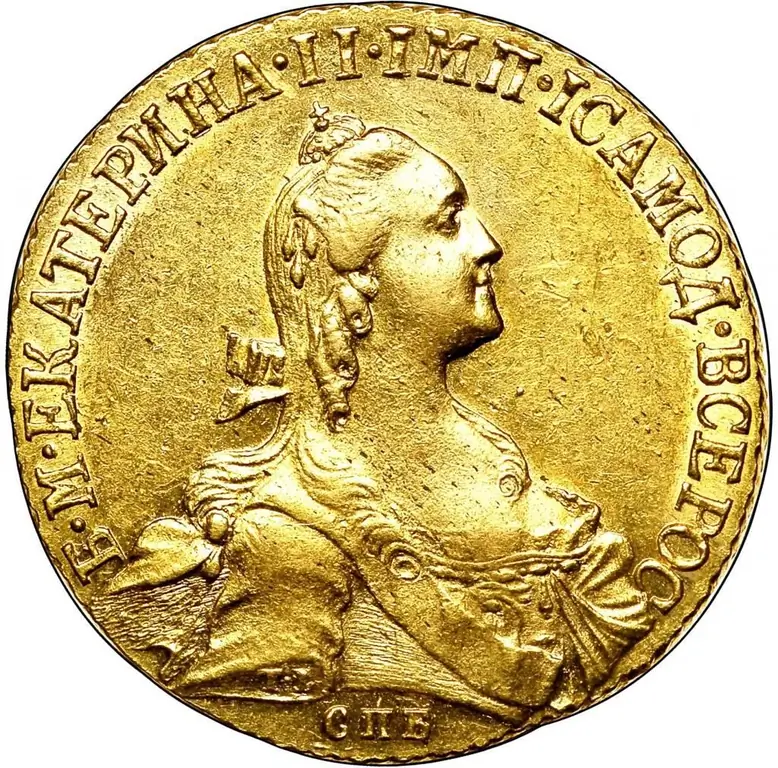2026 Author: Howard Calhoun | [email protected]. Last modified: 2025-01-24 13:10:45
In the Central American state of Nicaragua, the official currency is the local cordoba, which consists of one hundred centavos. This article will introduce the reader to the history of this currency, the appearance of banknotes and coins, and their other characteristics.
The advent of cordoba
The currency of Nicaragua is the cordoba. It was introduced into circulation in 1912, replacing the peso, which had been in force on the territory of the state since 1838. The name of the currency comes from the name of the province of Cordoba. The new currency of Nicaragua was exchanged for the peso at a ratio of 1 to 5. This rate was caused by plans according to which one cordoba coin was to contain 1.5048 grams of pure gold. While the old peso was made of silver.
This gold standard principle was never fully realized and the gold cordoba never entered circulation. As an alternative, paper banknotes have been used.
Nicaraguan currency denominations

In the beginning, the Central Bank of Nicaragua issued coins in denominations of ½, one, five, ten, twenty-five centavos and one cordoba. Later, a coin of fifty centavos appeared. The currency of Nicaragua was also printed in denominations of one,two, five, ten, twenty, fifty and one hundred cordobas. After some time, banknotes of larger denominations appeared in circulation - five hundred and one thousand.
History of the currency
The first monetary reform in Nicaragua was carried out in 1981 after the end of the country's civil war. As a result of these dramatic events in the history of the state, the purchasing power of the local currency has significantly decreased. The issue of new money was accompanied by huge inflation, which led to the need for a permanent denomination. Instead of issuing banknotes of a new design, a different denomination was printed on old banknotes using black printing ink.
After several such modifications, the numbers on banknotes became almost indistinguishable, which led to the appearance of a large number of fake cordobas. It was possible to correct the current situation only in 1991, when the new currency of Nicaragua was put into circulation by the Central Bank of the state. This "golden" cordoba also received a different design.

Appearance of coins and banknotes of the currency of Nicaragua
What does the currency of Nicaragua look like? The appearance of the front side of all coins is made using a triangular coat of arms, in which five mountain peaks, a rainbow and a Phrygian cap are inscribed. The triangle symbolizes equality, five volcanoes emphasize the union and brotherhood between the five states of Central America, the rainbow symbolizes peace, and the cap symbolizes freedom. In addition, the coat of arms of Nicaragua also contains an image of the waters of two oceans and inscriptions around the triangle: on topREPUBLICA DE NICARAGUA, and below - AMERICA CENTRAL.
The reverse of coins in denominations of five, ten, twenty-five centavos, as well as one cordoba contains the denomination in a circle in the center and the inscription just below "CENTAVOS" or "CORDOBAS". Even lower is the year of issue of the coin, and at the very top, near the edge, the phrase EN DIOS CONFIAMOS, which means “We believe in God.”
The currency of Nicaragua, denominations of fifty centavos, five and ten cordobas, is shown below in the photographs. It should be noted that the figure on the ten cordoba coin belongs to the national hero of Nicaragua, Andrés Castro Estrada.

Nicaraguan cordoba paper notes are printed in different sizes. They also include excellent counterfeit protection. For example, watermarks that match the theme of each bill, a security strip with miniature text, matching images, embossed details. In addition, elements with iridescent paint are used. In the past few years, polymer-based banknotes have appeared in circulation.
Recommended:
The currency of Pakistan: history and appearance

This article will focus on the currency of Pakistan - the rupee. The material provides basic information about the monetary unit, as well as examples of the design of the rupee of different issue series. In addition, the reader will learn about the conditions for exchanging different currencies in Pakistan
The currency of Finland. History, appearance, currency exchange rate

In this article, the reader will get acquainted with the currency of Finland, its history, appearance, and some other characteristics. In addition, you will find out where you can exchange money in Finland
The official currency of Morocco. Country currency. Its origin and appearance

The official currency of Morocco. Country currency. Its origin and appearance. Where and how to change currency. Moroccan dirham to US dollar exchange rate
What is a gold coin: concept, appearance, year of issue and history of appearance

What is a gold coin? What is this word used to mean? What is the significance of this item? What is the history of this designation? How has the meaning changed? These, as well as a number of other, but similar questions, will be considered within the framework of the article
Australian currency. AUD is the currency of which country other than Australia? History and appearance

The Australian dollar is the official currency of the member states of the Commonwe alth of Australia. AUD is the currency of which country or countries? In addition to Australia, these include the Cocos Islands, the Norfolk Islands and the Christmas Islands

